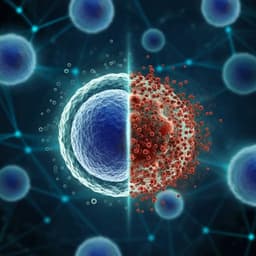
Medicine and Health
Neohesperidin Ameliorates Hepatic Steatosis and Insulin Resistance in High-Fat Diet-Fed Mice by Promoting PGC-1α-Mediated Mitochondrial Biogenesis
W. S.w., B. Y.f., et al.
Discover how neohesperidin (NHP), a flavonoid from Quzhou Fructus Aurantii, combats hepatic steatosis and insulin resistance in high-fat diet-fed mice. This promising research by Wang S.W., Bai Y.F., Zhang Y., and Li Y. reveals NHP's potential to enhance liver function and promote fatty acid oxidation.
Playback language: English
Related Publications
Explore these studies to deepen your understanding of the subject.







